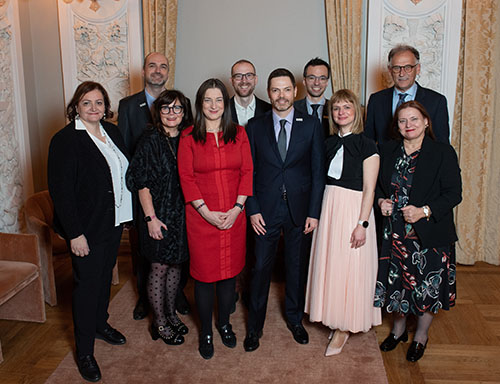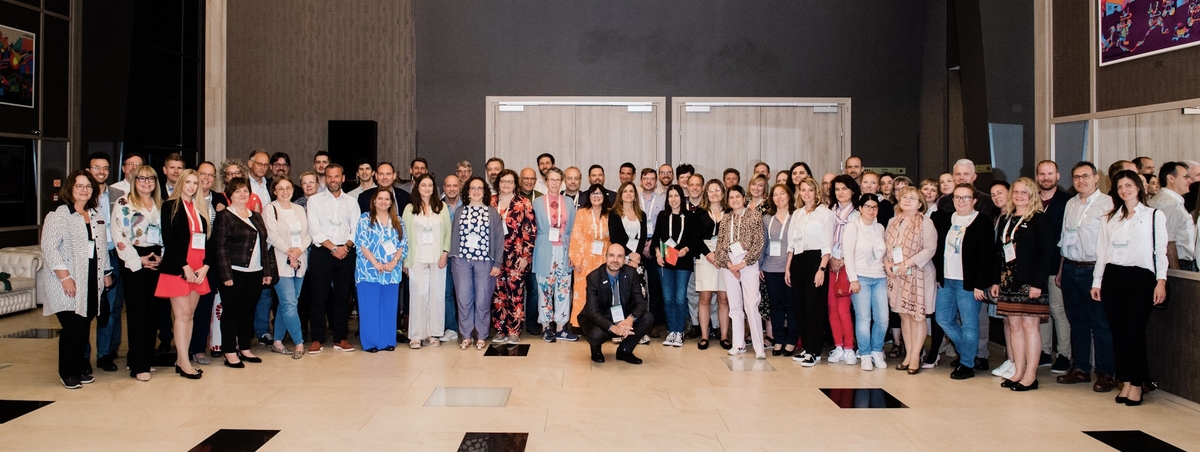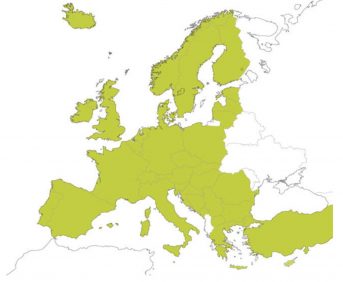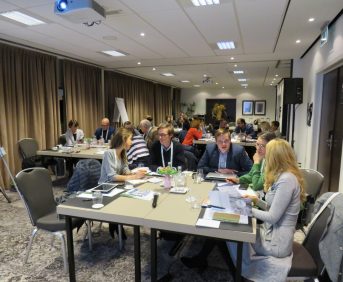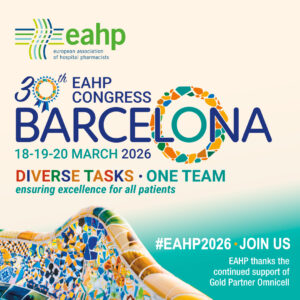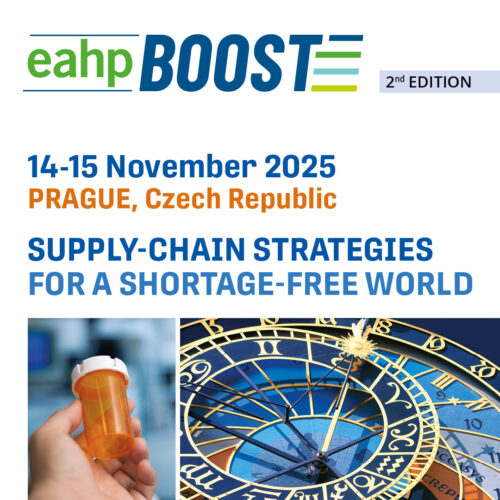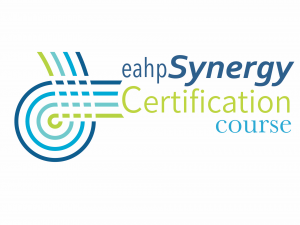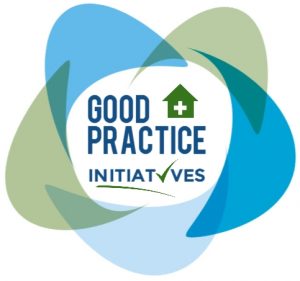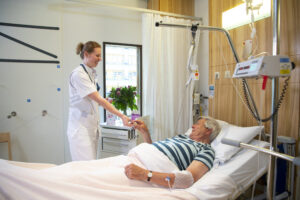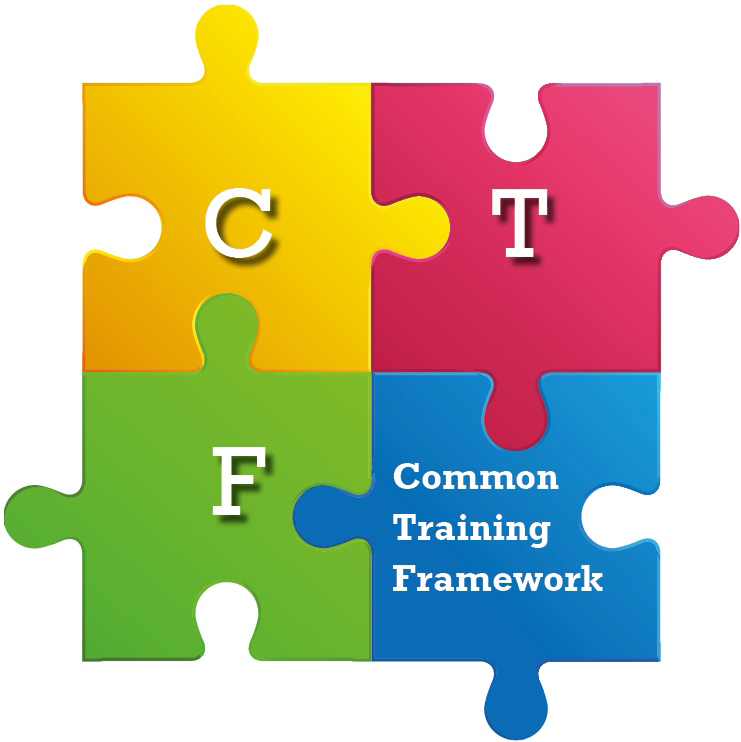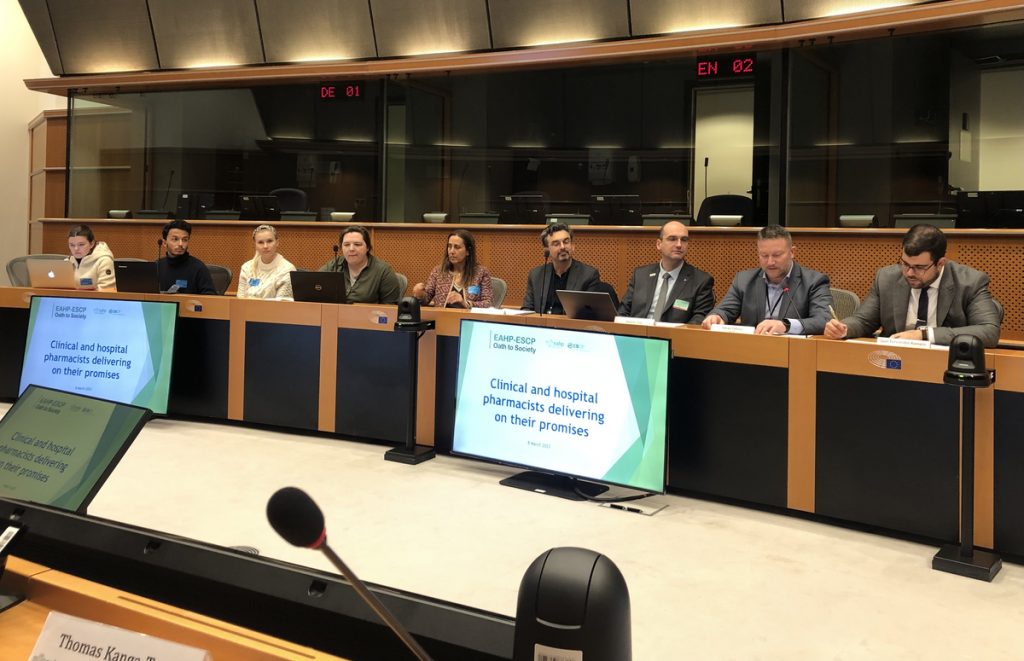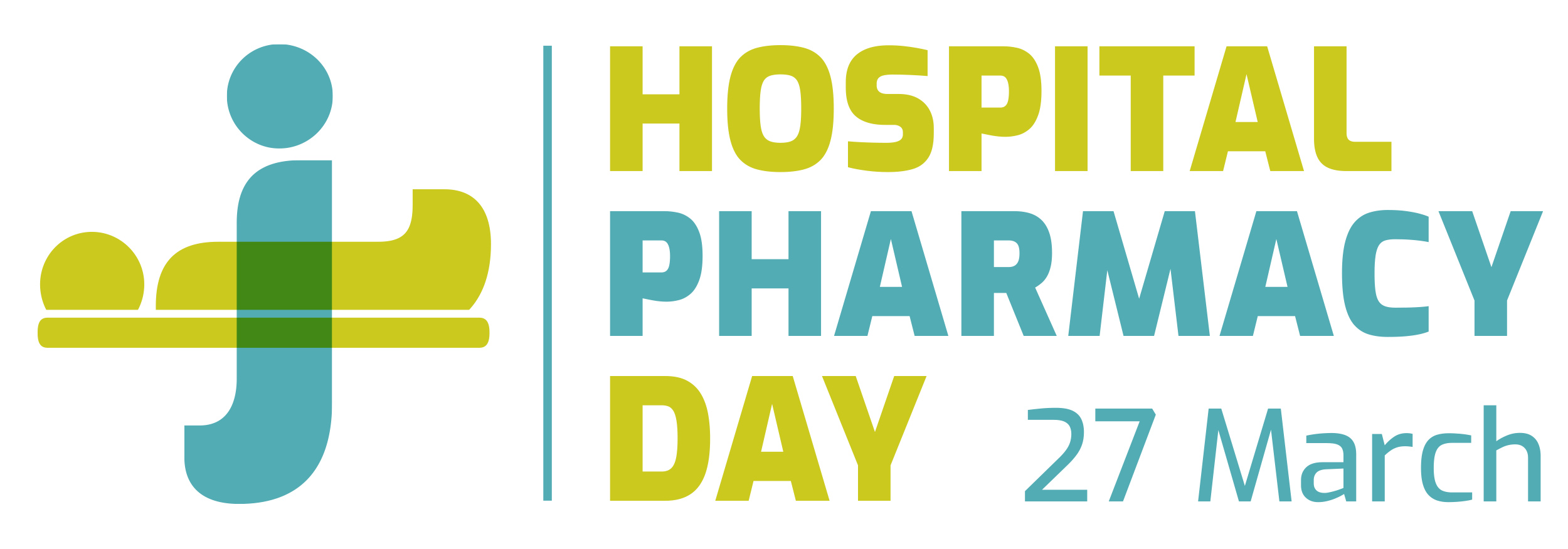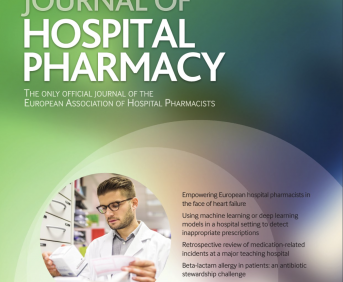Link to EAHP Statements
- Section 1 – Governance: Statements – 1.1, 1.2, 1.4, 1.5, 1.6
- Section 2 – Selection, Procurement and Distribution: Statements – 2.1, 2.2, 2.4
- Section 3 – Production and Compounding: Statements – 3.2, 3.3, 3.5, 3.6
- Section 4 – Clinical Pharmacy Services: Statements – 4.1, 4.2, 4.3, 4.4, 4.5, 4.8
- Section 5 – Patient Safety and Quality Assurance: Statements – 5.1, 5.2, 5.4, 5.5, 5.6, 5.7
- Section 6 – Education and Research: Statements – 6.2, 6.3, 6.5
ACPE Non-Accredited Activity
Abstract
Background
In 2017, WHO launched its “Medication without harm” challenge to reduce avoidable medication-related harm by 50% within five years. The focus was set on patients, healthcare professionals, medicines, therapy systems and practices. Thus, EAHP has established a Special Interest Group (SIG) aiming at elucidating root causes and recommending measures reducing avoidable harm within the supply, preparation and safe administration of medicines in European hospitals.
Methods
Critical Incidences, GMP-inspections, and literature cases were analysed for their most likely root causes and classified into latent system errors and active individual errors as previously recommended by James Reason (2003) and Charles Vincent (2001, 2010). A set of measures related to handling medicinal products was elaborated.
Results
System-level errors accounted for 30/89 incidences. Their root causes were composed of 7 organisational/governance pitfalls, 6 bad human and 17 bad technical resources. CEOs, Boards, inspectorates, as well as governmental and political authorities, but no license-holding hospital pharmacists were identified as risk owners.
Measures to address root causes at the institutional level comprise
- Assigning responsibility and independent decisional power to license-holding hospital pharmacists (see Swiss TPA, SR 812.21, art 4 and MPLO, SR 812.212.1, art 2-6)
- Illustrating the responsibilities of the license-holder in the organigramme
- Defining ward pharmacies as part of the hospital pharmacy
- Implementing blaming- and punishment-free safety culture
- Standardising PICS PE 010-4 guidance (“GMP guide for healthcare establishments”)
- Abrogating all quality stipulations not released by the license holder
- Standardising CAPA to correct quality deviations
- Implementing Medicines Reconciliation and Medication Review
Measures to address root causes at the human resources level comprise
Measures to address root causes at a technical resources level comprise
- Revising working conditions
- Subordinating all preparation activities to the production-license holder ([CM/Res[2016)1] and [CM/Res[2016)2])
- Stopping critical processes if 4-eye-principles cannot be applied
- Designing distraction- and interruption-free working places dedicated to critical handlings and high-risk medicines
- Automating processes
- Optimising communication and information flow
- Synchronising pharmacy and clinical information systems
- Predefining electronic workflows
- Standardising men-machine-interfaces
- Omitting manual transcribing (see CycloGESTCytoTECA2019.pdf (imsn.ie) for electronic prescribing and order-entry with plausibility testing)
- Implementing clinical decision support systems (CDSS)
- Investing in robotic systems and electronic dispensing cabinets
- Introducing barcode labelling and bedside scanning
Among the 59/89 active inevitable individual errors, 8/59 root causes were arising from slips or lapses (i.e. errors in the schematic behaviour) and 51/59 from mistakes (i.e. errors in the attentional behaviour). 6 mistakes occurred at supply, 19 at order entry, prescription, or dose calculation (e.g. wrong dose), and 26 at dose administration (e.g. wrong medicinal product, wrong patient). Engaging (conscious) patients in their medication is suitable to avoid lapses on administering medication. For this, patients must be able to verify intact blisters.
Conclusions
Discrepancies between legal requirements and missed implementation in hospitals need to be troubleshot. Current critical incidences in hospitals are rarely arising from central hospital pharmacies but from system errors leading to circumstances favouring medication errors on the ward. Thus, coping strategies require system-reengineering and designing robust GMP compliance in ward environments. System thinking is even suitable to minimise so-called “inevitable” individual failures of schematic and attentional behaviour.
Learning objectives
After the session, participants should be able:
- To identify the most important root causes of medication errors occurring in hospitals
- To attribute root causes to
- Individual active errors caused by
- Slips and lapses (errors of schematic behaviour)
- Mistakes (errors of attentional behaviour)
- Latent system errors caused by
- Organisational institutional errors
- Errors derived from human resources
- Errors derived from technical resources
- To support the implementation of a set of measures in their hospital
Educational need addressed
Traditional hospital pharmacy is well controlled through risk-based GMP guidelines. Clinical pharmacy and multi-professional work at the point of care are still error prone. GMP sensibility cannot be primarily obtained by ineffective educational efforts for unqualified staff training, but more easily by shifting tasks from unqualified to qualified professionals. This will need to subordinate ward pharmacies to the control of the central hospital pharmacy. Systematic review and meta-analysis demonstrated that pharmacist-led educational interventions to healthcare providers are effective in reducing medication errors.
Keywords: Risk management, medication error, root causes, system errors, individual errors, slips, lapses, mistakes, task shifting
